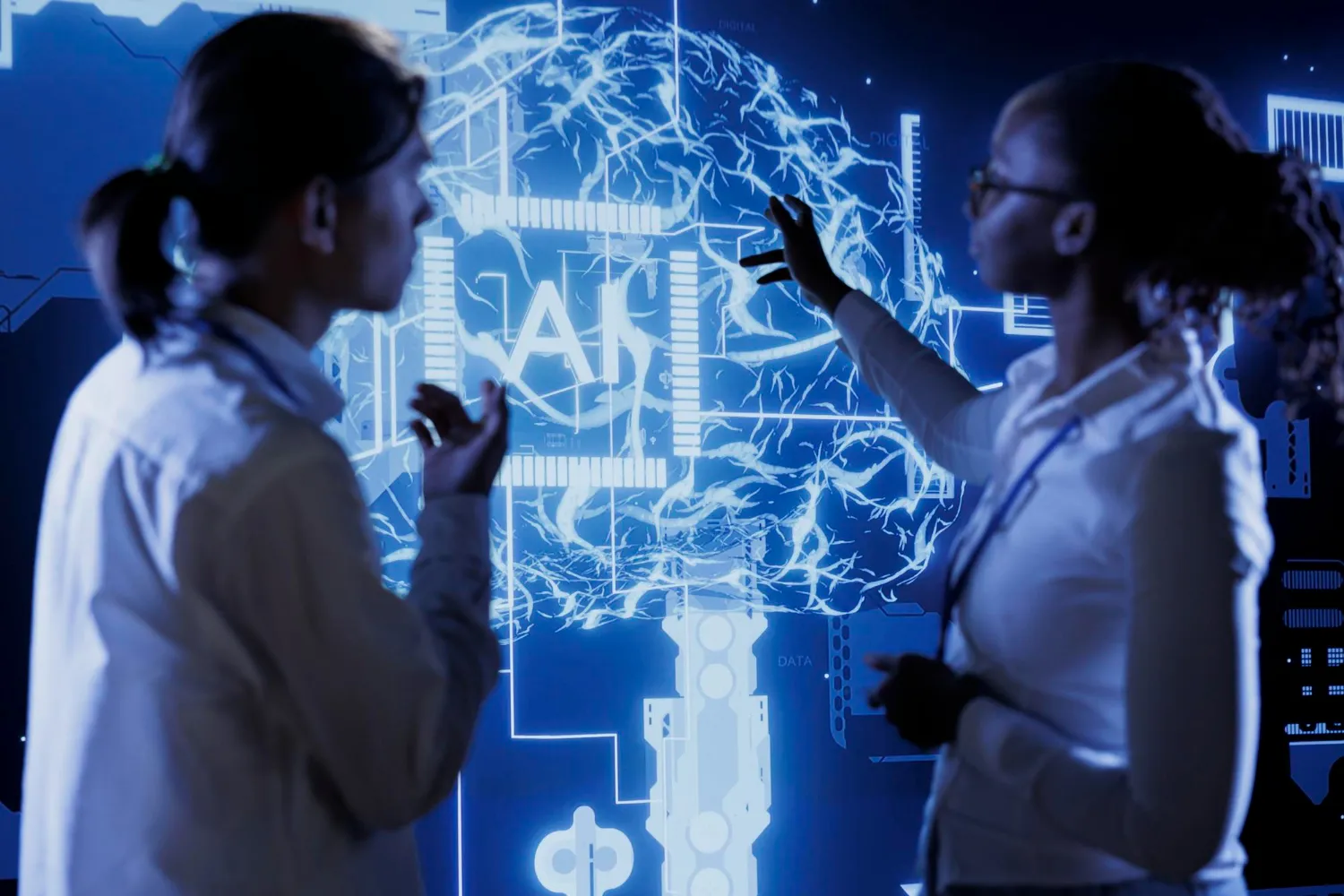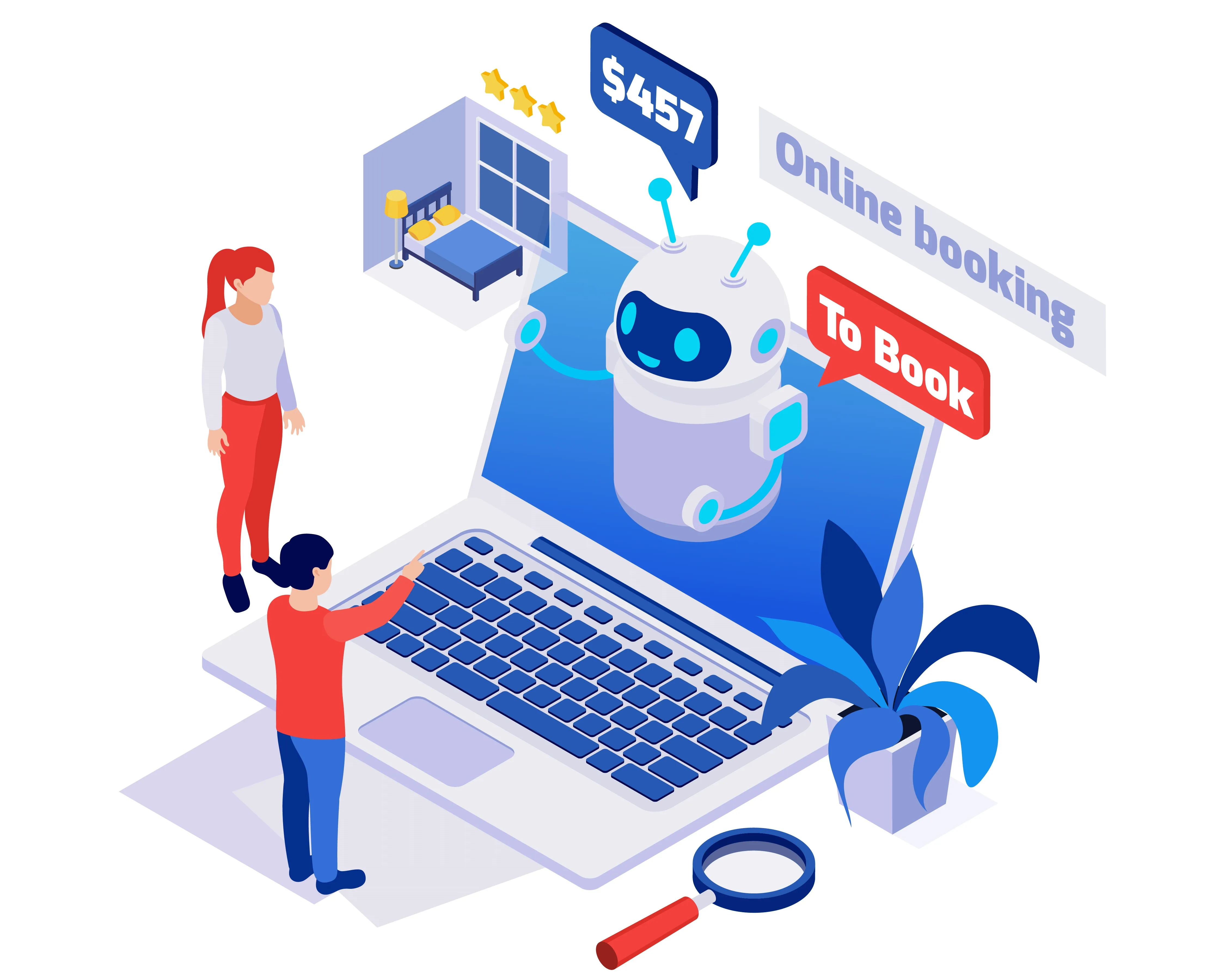Smarter Communication: How AI is Transforming Online Interactions

In the vast Internet environment where billions of chats go over daily, every business knows that clear and effective communication is a must. Whether resolving customer issues, collaborating with dispersed teams, or delivering personalized education, how people and organizations communicate can be crucial in ensuring that digital platforms are user-focused and effective.
Enter AI, an increasingly advanced technology disruptively changing how humans talk and meet online. We give a perspective on the growth of AI-based communication tools paying attention to their effects, areas of applicability, and the possibilities they give to the future.
The Rise of AI-powered Communication Tools
The way we interact online is evolving. Bye, bye to the crappy conversations with the bots that can only answer in limited ways! AI-based communication tools create this massive change by promoting better interaction and smoother user experience.
A recent PwC study found that 82% of CEOs say AI will revolutionize how companies communicate with their clients. This data highlights the increasing relevance of AI in communication, a situation where businesses are working hard to provide efficient and personalized service.
AI-powered tools like chatbots that become part of messaging apps and virtual assistants are leading this revolution. These tools run on NLP (Natural Language Processing) technology, a branch of AI that helps it understand the context of languages and respond with amazing accuracy, making them a significant Character AI alternative for effective communications.
AI-powered communication offers a host of advantages:
- They are available 24/7, so anyone can get answers and help when needed.
- These programs can tailor the messages to the individual’s personal preferences and past interactions, thus creating a more interactive one.
- AI simplifies operations by automating mundane tasks and providing fast responses to frequently asked questions.
- AI-powered communication tools extend accessibility by giving users from all walks of life and different language backgrounds the opportunity they need.
The Impact of AI on Specific Areas
AI is progressing at an incredible rate and is changing almost everything around us. It affects both businesses and individual consumers from all over the world at the same time. Here, we explore how AI is revolutionizing three areas: customer service, online collaboration, and education.
Customer Service
Waiting for long hours is no longer necessary to receive customer service. AI-driven chatbots are shaping the customer service landscape. According to a recent Zendesk study, 63% of the companies admitted that IA-enabled chatbots give a highly tailored experience to customers.
AI chatbots are not only able to effectively answer general questions but also they can personalize the support depending on the user’s records and even predict the user’s needs by offering proactive solutions. This translates to speedier problem-solving and expense-cutting for the company.
Online Collaboration
The emergence of a dispersed workforce and the increase of global teams have created a need for efficient online collaboration. AI addresses this by providing tools that eradicate communication barriers and help people who feel excluded. The AI-powered instant translation options allow people with different native languages to interact effectively. Additionally, an AI script generator can be instrumental in crafting precise and inclusive communication, ensuring that everyone is on the same page.
Furthermore, AI can analyze communication patterns and locate possible breaks, thereby recommending solutions to enhance teamwork. It creates a perception of unity and cooperation that, in the end, leads to enhanced productivity.
Education
The crux of education is creating personalized learning journeys that meet each person's requirements. AI is doing so in online settings. AI can analyze learning patterns and preferences and thus develop individual learning paths to fit each student. This entails using adaptive learning software which adjusts its difficulty according to the learner’s success.
Moreover, the AI will give students instant feedback on assignments, helping them to improve their comprehension.
This is especially important in degree courses like nursing programs online, which still require physical experience. AI-driven simulations can put students in realistic settings, giving them opportunities to hone their quick-thinking skills and decision-making in a risk-free and controlled environment. The simulations may demonstrate many scenarios, from taking medicines to handling patient crises.
This process shapes future nurses and healthcare workers to accept the reality of the field, bringing out confidence and competence even before they get to a hospital.
AI and Communication of Tomorrow
The coming wave of AI will revolutionize how people connect online. Scholarly studies suggest a positive association between AI and customer experience. Let’s now look at some of the exciting possibilities and serious challenges AI poses for online communication.
One area for change is human-computer interaction. AI voice agents are becoming smarter, and with emotional intelligence now implemented, they can analyze and respond to human emotions. Imagine a future in which your virtual assistant can respond to your questions and offer you a kind word or adjust its way of communication according to your tone of voice.
And this is just one example of AI agent applications. Other AI agent use cases include enterprise automation for data entry, payroll processing, and order processing AI agents. These applications streamline complex administrative tasks, reduce errors, and enhance efficiency across various business operations.
AI also holds the promise to transform communications between organizations and their audiences. In real-time, sentiment analysis tools can be used to monitor online discussions and find out the public’s mood toward a brand or campaign. This permits organizations to sharpen their communication strategies, thus ensuring their messages strike right on the mark with target audiences.
In addition, AI can cover cultural gaps as well. Using AI-based content developers, information can be translated and localized on the fly, spurring collaboration and mutual understanding across borders. Visualize the excitement of participating in a virtual online conference held in another country, as the content is smoothly translated into your native language.
Nevertheless, along with these developments, the adversities should not be overlooked. The increase in deepfakes, the realistic videos altered using AI, gives rise to fears about online fake news. Furthermore, over-reliance on AI for communication might result in a deterioration of real human interaction.
With AI technology evolving, finding a balance between embracing the possibilities and minimizing the risks is a must. Responsibly employing AI allows us to have a future where online communication is more efficient, inclusive, and effective.

The Human Factor in AI Communication
While AI has become surprisingly adept at handling many communication tasks, it still lacks a crucial element: the human factor. This doesn't lessen the great achievements in AI, but it calls for human contribution!
Here's why the human element remains vital in AI-powered communication:
Ethical Considerations
According to the CX Trends 2024, 63% of consumers are worried about the risk of bias in AI algorithms. Humans play an essential role in monitoring these systems to ensure they are used in a fair and responsible manner. We can detect and remove existing biases in the data that train AI, removing the possibility of discriminative results.
Evolving Roles
With AI taking over more and more communication, the human role is bound to change. AI can easily do simple tasks like scheduling appointments or answering FAQs which saves human effort for the more complex ones. This generates the need for problem-solving, innovation, and EQ (emotional intelligence) skills.
Humans will always be vital to analyze and to make well-rounded decisions, and to effectively communicate through AI to create a good experience for all.
In other words, AI is a helpful tool that can improve communication, but it cannot replace human context understanding, making ethical decisions, and building long-term relationships. The future of communication is embracing a collaborative stance, where AI reinforces and elevates human qualities through collective efforts.
The Future We Talk: Humanizing AI for the Continuing and Evolving Online World
AI is shaping online interactions in many ways, providing unrivaled effectiveness, personalization, and accessibility. The future of AI and communication is exciting, but it is crucial to remember that human connection strikes a balance between technological progress and human communication.
Combining AI power with human strength lets us build a smarter, more connected online environment where language cannot be a barrier. With AI revolutionizing our world every day, it is time for us to become a part of this new